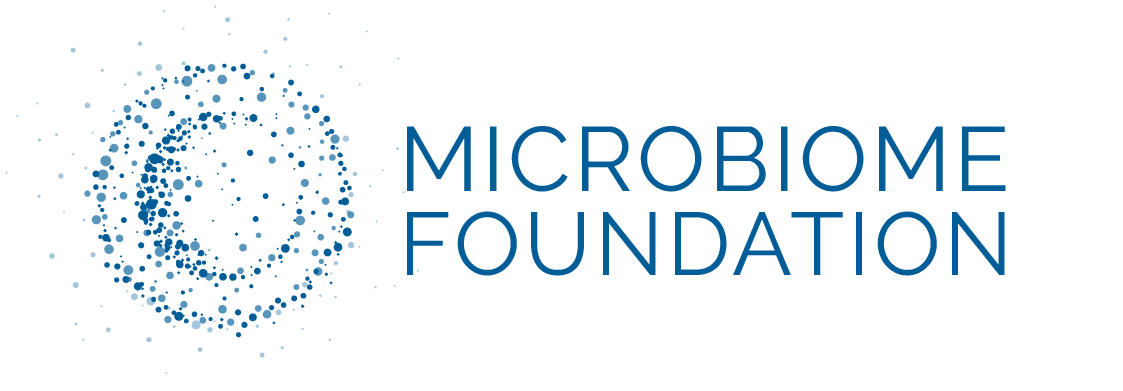The intestinal mycobiome includes all the fungal species that make up our microbiome.
Varying from 0.03 to 2% of gut microbial species, the number of fungal species is much smaller than that of the bacteria present. The characterization of its composition and functions is nevertheless at a less advanced stage than that of bacteria. Present in all terrestrial and aquatic ecosystems, fungi represent a much larger biomass than bacteria because of their size 100 times larger than the latter.
These microorganisms have always fascinated the scientific community with their amazing ability to digest organic or synthetic compounds that no other living organism is able to make, such as some plastics for example 1.
Despite technical difficulties, linked among other things to their thick wall, making access to their genetic material more difficult, the rise of molecular biology tools has gradually allowed the characterization of their diversity. In the intestines of healthy adult individuals, Aspergillus, Candida, Debaryomyces, Malassezia, Penicillium, Pichia and Saccharomyces are the main genera identified. Compared to the bacteria present, this consortium of fungal species is of lower diversity and much more dynamic over time 2,3. Indeed, different studies suggest that few fungal species establish themselves permanently in the intestine, but are present in a more transient way. This work highlights the difficulty at present of defining whether there is a “core gut mycobiome”, i.e. a subset of fungal species present in the same proportion in all healthy individuals. Many internal factors such as our genetics, age or gender, as well as many external factors, called environmental, such as hygiene conditions or our diet, influence the composition of this community. Some species such as those of the genus Candida would be favored by a high consumption of carbohydrates, while the consumption of fermented products (beer, sourdough bread), rich in yeasts, would rather favor those of the genus Saccharomyces 4. The impact of different diets on the composition of the mycobiome as well as the usefulness of yeast supplementation are the subject of numerous studies in order to establish in what context and by what mechanisms this would participate in the restoration of intestinal balance 5,6,.
The observation of changes in the composition of fungal species in patients with various intestinal pathologies (inflammatory chronic intestinal diseases, irritable bowel syndrome, colorectal cancer) 7,8,9,10 or extra-intestinal (Immunodeficiencies, viral infections, diabetes, obesity, schizophrenia, bipolar disorders, etc.) 11,12,13,14,15 attests to the importance of the intestinal mycobiome for human health. The study more targeted in experimental models, mimicking the occurrence of colitis* and using antifungal treatments, shows that these aggravate the inflammatory state and delay the recovery of animals, especially due to the proliferation of pathogenic bacterial species. Indeed, different molecules produced by the gut mycobiome participate in the stability of interactions between fungal species but also regulate the stability and functions of surrounding bacterial species, participating for example in the blocking of bacterial toxins 16. Other identified fungal metabolites and/or structural compounds are able to interact with host cells, activating or suppressing inflammatory responses, or participating in the process of maintaining or regenerating the intestinal mucosa 17,18,19.
The study of the burgeoning gut mycobiome illustrates the importance and complexity of better understanding the interactions between the different kingdoms of life that coexist within us and participate in our health 20,21.
*colitis: inflammation of the colon
References
- Iiyoshi, Y., Tsutsumi, Y. & Nishida, T. Polyethylene degradation by lignin-degrading fungi and manganese peroxidase. J Wood Sci 44, 222–229 (1998).
- Hallen-Adams, H. E., Kachman, S. D., Kim, J., Legge, R.M. & Martínez, I. Fungi inhabiting the healthy human gastrointestinal tract: a diverse and dynamic community. Fungal Ecology 15, 9–17 (2015).
- Nash, A. K. et al. The gut mycobiome of the Human Microbiome Project healthy cohort. Microbiome 5, 153 (2017).
- Hoffmann, C. et al. Archaea and Fungi of the Human Gut Microbiome: Correlations with Diet and Bacterial Residents. PLOS ONE 8, e66019 (2013).
- Kourelis, A. et al. Immunostimulatory activity of potential probiotic yeast strains in the dorsal air pouch system and the gut mucosa. Journal of Applied Microbiology 109, 260–271 (2010).
- Qamar, A. et al. Saccharomyces boulardii Stimulates Intestinal Immunoglobulin A Immune Response to Clostridium difficileToxin A in Mice. Infection and Immunity 69, 2762–2765 (2001).
- Ott, S. J. et al. Fungi and inflammatory bowel diseases: Alterations of composition and diversity. Scand J Gastroenterol 43, 831–841 (2008).
- Sokol, H. et al. Fungal microbiota dysbiosis in IBD. Gut 66, 1039–1048 (2017).
- Botschuijver, S. et al. Intestinal Fungal Dysbiosis Is Associated With Visceral Hypersensitivity in Patients With Irritable Bowel Syndrome and Rats. Gastroenterology 153, 1026–1039 (2017).
- Coker, O. O. et al. Enteric fungal microbiota dysbiosis and ecological alterations in colorectal cancer. Gut 68, 654–662 (2019).
- Jha, A. K. et al. Clinical and Microbiological Profile of HIV/AIDS Cases with Diarrhea in North India. Journal of Pathogens 2012, e971958 (2012).
- Al Bataineh, M. T. et al. Revealing links between gut microbiome and its fungal community in Type 2 Diabetes Mellitus among Emirati subjects: A pilot study. Sci Rep 10, 9624 (2020).
- Mar Rodríguez, M. et al. Obesity changes the human gut mycobiome. Sci Rep 5, 14600 (2015).
- Gosiewski, T. et al. Quantitative evaluation of fungi of the genus Candida in the feces of adult patients with type 1 and 2 diabetes – a pilot study. Gut Pathog 6, 43 (2014).
- Enaud, R. et al. The Mycobiome: A Neglected Component in the Microbiota-Gut-Brain Axis. Microorganisms 6, 22 (2018).
- Wheeler, M. L. et al. Immunological Consequences of Intestinal Fungal Dysbiosis. Cell Host & Microbe 19, 865–873 (2016).
- Iliev, I. D. et al. Interactions between commensal fungi and the C-type lectin receptor Dectin-1 influence colitis. Science 336, 1314–1317 (2012).
- Wang, T. et al. Dectin-3 Deficiency Promotes Colitis Development due to Impaired Antifungal Innate Immune Responses in the Gut. PLoS Pathog 12, e1005662 (2016).
- Buts, J.-P., Keyser, N. D. & Raedemaeker, L. D. Saccharomyces boulardii Enhances Rat Intestinal Enzyme Expression by Endoluminal Release of Polyamines. Pediatr Res 36, 522–527 (1994).
- Frau, A. et al. Inter-kingdom relationships in Crohn’s disease explored using a multi-omics approach. Gut Microbes 13, 1930871 (2021).
- Runge, S. & Rosshart, S. P. The Mammalian Metaorganism: A Holistic View on How Microbes of All Kingdoms and Niches Shape Local and Systemic Immunity. Front Immunol 12, 702378 (2021).
Author

Emelyne Lecuyer


